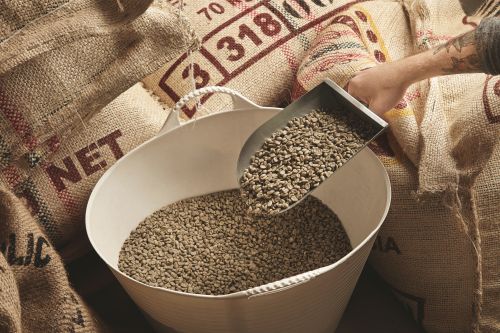
Overall, the short-term outlook for fertilizers suggests stability over the next six months, with improved availability and accessibility for nitrogen, phosphorus, and potassium, according to the latest FAO forecasts.
However, geopolitical and weather-related risks, combined with macroeconomic and trade policies imposed by governments, will continue to play a role, potentially introducing temporary price and volume volatility.
Nonetheless, the magnitude and geographic scope of any such shocks are likely to be determined by the presence or absence of shocks in energy markets and costs.
Focusing on specific nutrients, the new ammonia export terminal of the Russian Federation at Taman on the Black Sea is expected to become operational in the second half of the year.
This will facilitate the return of over 1 million tonnes of ammonia to the global market, which was previously exported via pipelines through Ukraine, and will provide a sufficient amount of raw material for nitrogen and phosphate production.
Urea prices are expected to remain low, as peak demand from the Northern Hemisphere for the spring season has passed and it is unlikely that India will bid for urea before July, relying on robust domestic production instead.
Weather risks can also affect urea demand. For example, recent floods in southern Brazil have had devastating effects on arable land and infrastructure and could impede planting and demand.
This could also pose difficulties for input deliveries, thus affecting supply availability for the 2024/25 season in the region. Phosphate prices are expected to decline in the coming months, with increased seasonal supply from China.
However, the United States' countervailing duties on Russian and Moroccan DAP and MAP could result in higher prices in the United States, while these may increase availability in nearby markets such as Brazil, as exporters redirect trade flows.
Stocks in Brazil are reported to be lower than in previous years, which is likely to maintain some upward pressure on prices. Import demand from India is expected to improve under the Kharif season subsidy, following the recent downturn.
Potassium availability is robust, and prices are expected to remain unchanged, due to falling palm oil prices, which could suppress demand in Southeast Asia.
China has postponed settlement of its new potash contract until July due to high domestic stocks, which could further contribute to downward price pressure. (Photo: Freepik)





